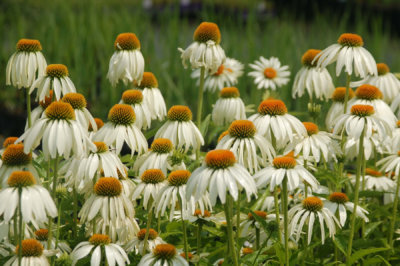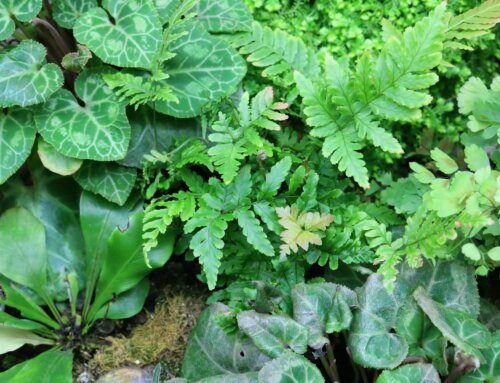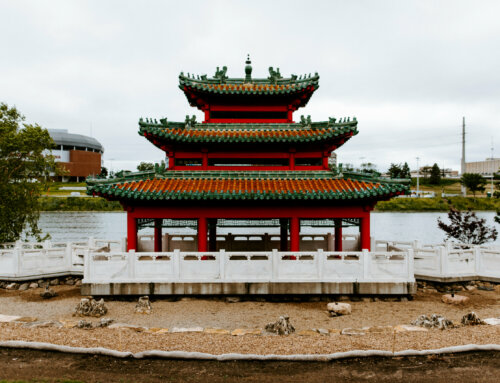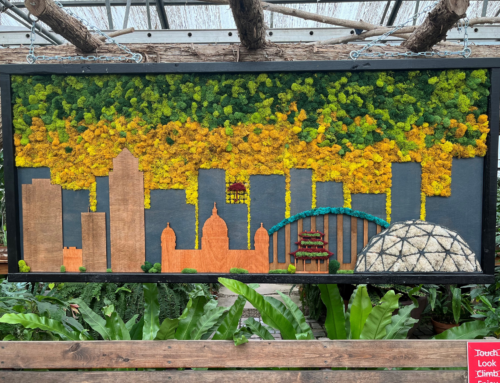What is Plant Blindness and How Can I Overcome It?
 People often lament “not seeing the forest for the trees,” fearful of becoming too consumed with minor details to see a situation in its totality. But scientists and plant lovers are troubled by the opposite scenario: We worry that people might not see the trees for the forest.
People often lament “not seeing the forest for the trees,” fearful of becoming too consumed with minor details to see a situation in its totality. But scientists and plant lovers are troubled by the opposite scenario: We worry that people might not see the trees for the forest.
This phenomenon is best described as plant blindness, which is the inability to see or notice the plants in one’s own environment.
While it may seem innocuous at first, plant blindness can have serious implications for the way we understand our surroundings. The failure to recognize plants in our environment corresponds with a failure to recognize their importance in the biosphere. This can lead to the misguided belief that plant life is inferior to animal life or that plants aren’t worthy of our attention.
Plant blindness has a way of sneaking up on us, even if we’re serious gardeners or nature lovers. Do you know which trees grow in your favorite park? Ever looked up the weed you just pulled to learn why it has taken over your garden? Could you identify the seed head of your favorite wildflower? If you answered no to any of these questions, you’ve fallen into the trap of plant blindness.
Here are a few ways to reconnect with the plants around you:

- Engage with plants beyond simply observing them. Try keeping a journal to document the changes in your garden or neighborhood. You could track the first signs of spring and the last signs of fall or try your hand at botanical drawing.
- Connect with a plant mentor or become a mentor yourself. Find a mentor in one of our horticulturists by taking their classes. Or look to nature and gardening greats both past and present, like Iowa’s own Aldo Leopold or Claudia West who co-authored Planting in the Post-Wild World.
- Get outside! Join us for a guided hike or walk where we highlight the seasonality of plants. Last fall a seed-collecting program introduced attendees to the seed heads of prairie plants, which turned what was once a cluster brown foliage into a welcome assembly of familiar figures. Check our events calendar regularly for guided hikes and other similar offerings.
- Repeat and extend your time in nature. One of the best things about gardens is the progression of blooms and senescence. If you’re a member of the Botanical Garden, you receive unlimited admission so you can visit us often for a curated selection of some of the most beautiful plants in Des Moines. Before you come, download our scavenger hunt to learn fun plant factoids and ideas to engage visitors of all ages.
- Involve youth. There’s nothing like seeing the world from a child’s point-of-view. Share our activities and resources page with a younger friend or family member and you’ll be bound to learn something new about plants, too.
The Botanical Garden’s mission—exploring, explaining and celebrating the world of plants—directly challenges plant blindness. We create experiences to open our guests’ eyes to the beauty and importance of plants. Through all we do we hope, in some small way, to help you see the trees in any forest.



